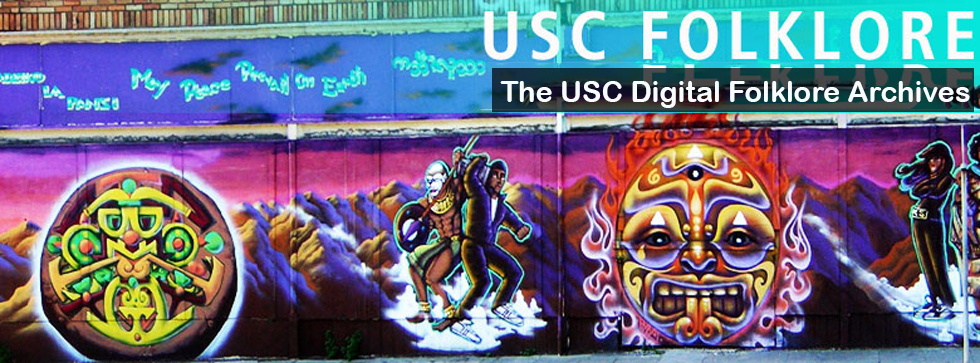The informant is a 66-year old mother, step-mother, former poverty-lawyer, property manager/owner, and is involved in many organizations and non profits. She was born in the Netherlands and immigrated to the United States with her family when she was four years old. She grew up in California, where she also attended college and law school. She lived in the suburbs of Chicago for a short while with her husband and family, and now they live in Pacific Palisades, California.
Informant: “St. Nicholas Day there is like December 7th or 8th. It was a secular holiday. I mean everybody, all the Jewish people (all 10% of them, the few left after the war), we all celebrated St. Nicholas day. So, your dad is in the Netherlands with us on St. Nicholas Day, we call it Sinterklaas there, and he looks out the window and says, ‘Oh yes, really secular holiday.’ There’s the St. Nick, whose you know, this cardinal. White haired cardinal all decked out. And then, Swarte Piet, which is Black Pete was a little black guy with him. On St. Nicholas Day in Holland we always put out our wooden shoes. We’d put out the wooden shoes because then they’d be filled with chocolate. They would do it really literally though. So if you were “bad” that year, you would actually get coal in your wooden shoe. Not like they do here in America with the stockings and presents. Even in the United States early on we would always get packages from the Netherlands before St. Nicholas Day.
Interviewer: “So could it be any shoes?”
Informant: “A wooden shoe! Instead of stockings it was the wooden shoes. If you were a bad kid, then St. Nicholas would put coal in your shoe as opposed to, you know, chocolates.”
Analysis: I remember in class we talked about most Christmas traditions being based on older Pagan festivals, and many religious holidays’ links with earth-cycle rituals. St. Nicholas Day being a secular ritual in the Netherlands could be an example of a Christmas tradition’s origins being based in pagan tradition, or it could also be an effect of Christianization of the area where the Netherlands is now.
The figure of Black Pete, or Swarte Piet as he is called in Dutch, really fascinates me. I did some research on him and found that there has actually been a good deal of controversy surrounding “Santa’s Black-faced Helper”, as a writer for NPR refers to the figure. It’s not just that there is a statue of a little black man next to the more favorably-sculpted Saint; each year, there is a Sinterklaas parade, during which several individuals in black face dance around as St. Nicholas’s helpers.
There are different stories as to why Swarte Piet is swarte. Some say it is because he was once the devil – this in and of itself is problematic in the context of blackface minstrelcy—that black is associated with the devil goes to support racial supremacy theories. Some say that Swarte Piet was a slave of Sinterklaas. Others say Piet is just dirty from sliding down too many chimneys helping St. Nicholas.
Regardless of how Piet became Swarte, in recent years there have been more and more people upset by the blackface tradition associated with Sinterklaas parades. It will be interesting to see how the controversy plays out. As of now, the Dutch courts have refused to intervene.
For more information on blackface in Sinterklaas celebrations see: http://www.npr.org/blogs/codeswitch/2014/12/01/367704573/santas-black-faced-helpers-are-under-fire-in-the-netherlands
